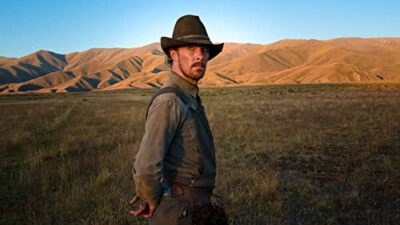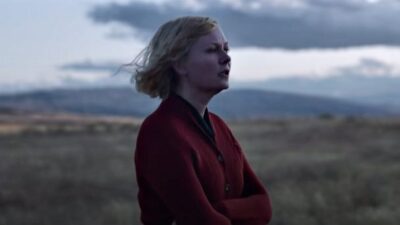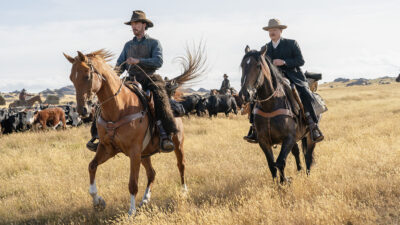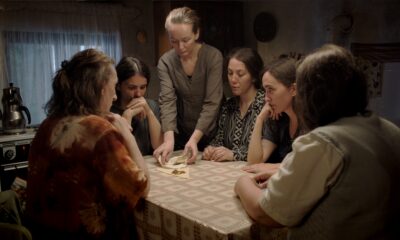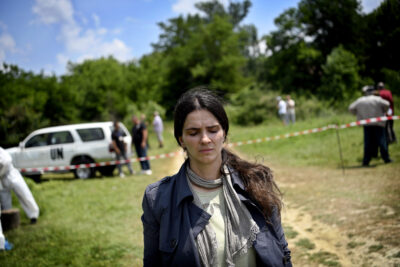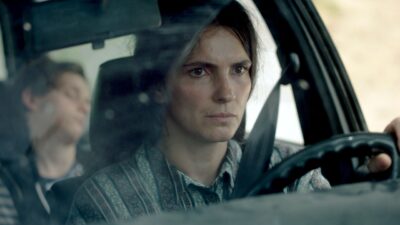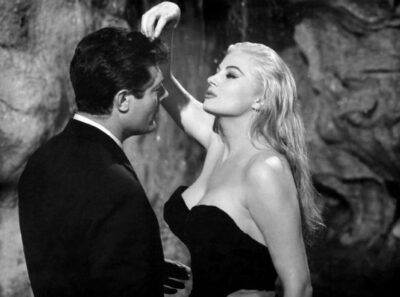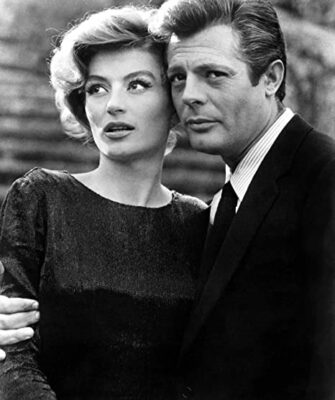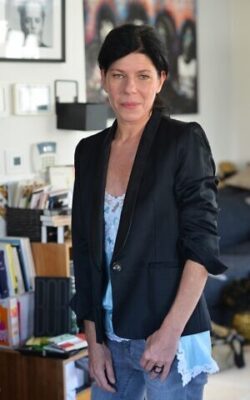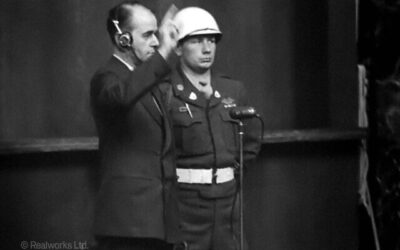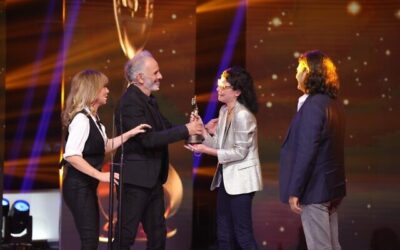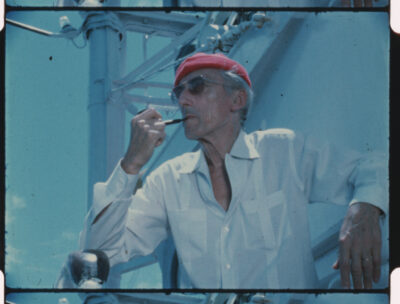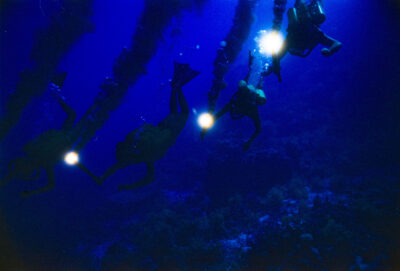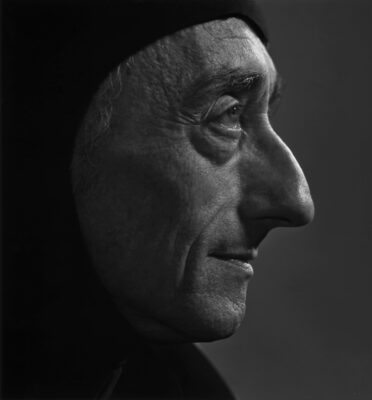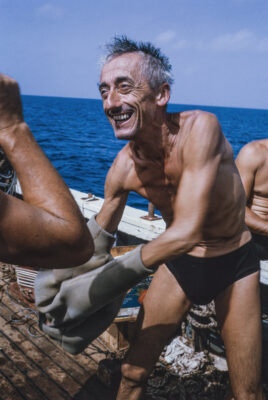When dictator Robert Mugabe was removed from power in a military coup, the generals promised they would not seize control for themselves but would ensure democracy in a national election. Against a backdrop of economic crisis, food shortages, and political violence, the stakes could not be higher.
Working to defeat the ruling party, which has controlled Zimbabwe since independence, is the young and charismatic Nelson Chamisa, who draws comparisons to a young Nelson Mandela in expressing the country’s utmost desire to be “governed” and not “ruled.” After decades of a corrupt elite clinging to power using any tool available—legal or not—can a free, fair, and credible election be truly possible?
As the follow-up to her widely acclaimed 2014 documentary DEMOCRATS, Camilla Nielsson brings viewers into the heart of the struggle for power with stunningly close access and unhesitating courage, in a nation closely monitored by the entire world. PRESIDENT is a riveting and epic reminder that, while individuals and their specific ideals may differ, the fight for democracy is never-ending and of profound significance everywhere.
“The way this film confronts the fragility of democracy and the ever-looming possibility of violence hit home for this American viewer in a way that was both harrowing and humbling.” ~ A.O. Scott, New York Times
“Riveting. Nielsson’s galvanizing, epic-scale docu-thriller…rather like Frederick Wiseman, Nielsson has a knack for excavating savage drama from administrative process and politesse…filmed with astonishing in-the-moment access.” ~ Guy Lodge, Variety
“A thrilling, enraging film, and its intimate access…is extraordinary.” ~ Alissa Wilkinson, Vox
DIRECTOR’S NOTES: It was not in the cards for me to make the film PRESIDENT. My previous film DEMOCRATS (2014) had been banned by Zimbabwe’s Censorship Board with the curt assessment ‘Banned and prohibited in Zimbabwe. Not suitable for showing to the public.’ Ironically, the ban was in direct contravention with the country’s new democratic constitution, which DEMOCRATS had followed the making of for more than three years.
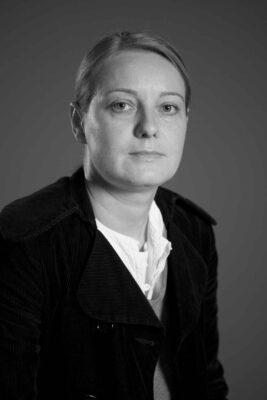
In the process of filming DEMOCRATS, I had met some of Zimbabwe’s finest lawyers. They suggested that the ban should be challenged on the basis that it violated the constitutionally protected freedom of expression, and the public’s right to information. Together we began the legal challenge to have the ban lifted, and without knowing, this process became the starting point for this new film PRESIDENT.
In February 2018, following a three-year legal battle in the Zimbabwean courts, a High Court judge finally ruled that the ban be lifted, and people were free to watch the film in the country where it matters most. It was during a dinner in Harare in celebration of the court ruling that one of the protagonists from the first film suggested to me to make the sequel. President Mugabe had fallen in a military coup just months before, and the democratic space seemed to have opened, and there was a new sense of freedom in the country. With the fall of dictator Robert Mugabe, a new constitutional democracy was on the horizon, and it seemed that now was the time for the people of Zimbabwe to make a push for democracy that would overcome the tragic and unhappy events that were portrayed in the first film.
I won’t spoil the plot here, but I hope that PRESIDENT will make the audiences think about the universal importance of having independent democratic institutions, and proper checks and balances on presidential powers. It is a film about the dire consequences that happens if these democratic principles are not observed and not in place. – Camilla Nielsson

